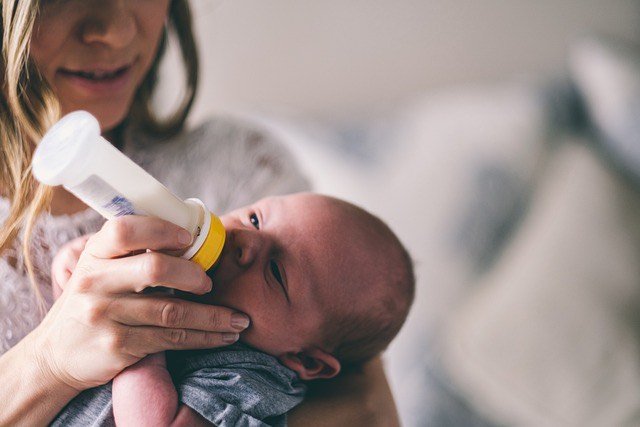Storing Mother’s Milk
Firstly, we at Uplifted want to acknowledge that not everyone chooses to breastfeed their babies and not every woman is able to breastfeed. We make NO disparagement of a woman’s choice, or her ability to breastfeed. Our article is simply to inform you.
Oversupply and Adequate Supply
Many women naturally make more milk – each and every woman’s body is different, and we should take care not to judge others by our own experiences and absolutely not judge yourself by other people’s experiences – we are unique and that should always be treasured!
You’ll know the signs of oversupply because they will leave you feeling very uncomfortable! You might start leaking a lot of milk, your breasts may feel super heavy and full and sometimes you end up with plugged milk ducts or mastitis – which can be very painful.
Sometimes, we need to express breastmilk to help with stimulating supply, to cope with oversupply, or to fit in with our lifestyle, returning to work and so on, so storing breast milk properly becomes very important.
Before we start on the next section, a BIG reminder to label the milk with waterproof labels before storing, make sure you practice good hand, breast and container hygiene – all of these factors can affect the quality and safe storage of milk.
Use good hygiene practices – wash your hands with soap and water
Ensure all containers used are washed thoroughly and dried thoroughly before putting back in the cupboard, preferably separate from everyday food containers
Breastmilk can be stored for up to 3-4 days in the fridge
Breastmilk can be stored for up to 6-12 months in the freezer
Room Temperature
It is highly recommended that milk is used within 4-6 hours of expressing if it is left at room temperature (i.e. under 26’ Celsius). If it’s hot or humid, it is not advisable to leave the milk out at all
If you don’t have access to a fridge, store in an insulated cooler with ice packs, and this will keep for up to 20 hours (ideal for visits to family or social outings)
Fridge Storage
Make sure that you are using food grade containers with a cap, preferably glass but if choosing hard plastic, make sure it is BPA free to avoid milk contamination
Use each container for one feed only and don’t fill to the brim as milk expands when frozen
Store milk in the back of the fridge, where it is the coldest
Freezer Storage
Be mindful that the longer breast milk is stored in the freezer, the more Vitamin C it loses
If freezing in the freezer compartment of a fridge, milk is good for about 2 weeks
If freezing in the freezer compartment of a fridge that has a separate door, milk is good for about 3 months
If freezing in a deep freezer with temps under minus 20’ Celsius, milk is good for about 6-12 months
Unfreezing Breast Milk
There are several safe ways to thaw out frozen breast milk but remember, if you are not using it immediately, refrigerate and use within 24 hours. The fatty part of the milk may separate, so please ensure you shake it to remix.
Hold the frozen bottle or bag under running lukewarm water until thawed out
Place bottle or bag in a bowl of warm water. If not planning on using the milk immediately, put the bowl and bottle/bag in the refrigerator to defrost
If you are thawing at room temperature, ideally breast milk should be used within 1-2 hours
It is important to note that fresh milk is the best in terms of temperature and nutrients. Refrigeration and freezing does alter the structure of breast milk.To read the science please visit:

